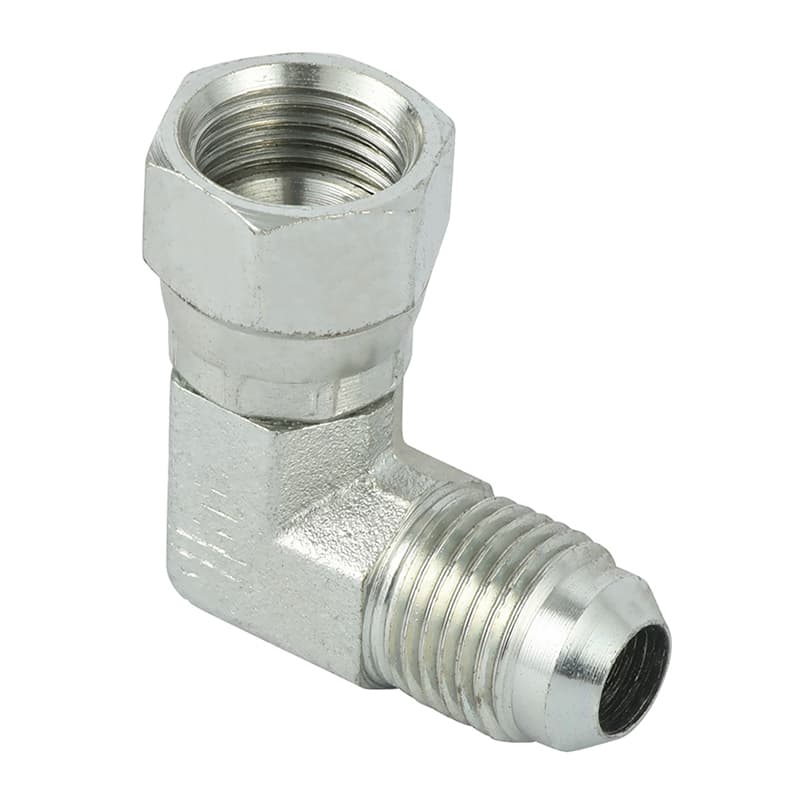The stainless steel joint has a brightness close to the mirror surface, and the touch is healthy and cold. It belongs to the more avant-garde decoration materials and fits the cool aesthetic of the metal age.
The grinding joint of the stainless steel joint requires that the flat part must be ground after welding, and the joint part should be leveled before grinding (the thin plate should not be hammered with a metal hammer to prevent damage to other surfaces). The grinding wheel is a disc-shaped grinding wheel, and the abrasive grain size is from coarse to fine, and the abrasive grain size order is selected as:
1. 240#→280#→W40→W28→W20→W142) 240#→W40→W28→W20 check with naked eyes that there is no wear scar before proceeding to the next process. The grinding wheel for grinding carbon steel should not grind stainless steel to prevent carbon steel particles from inserting into stainless steel inside, causing the joint to rust and turn yellow.
2. The polishing of stainless steel joints should choose chrome oxide green polishing paste, the polishing wheel should move back and forth in one direction, and the force should be uniform. Eliminate grinding marks, and keep the roughness consistent with the base metal on both sides as much as possible.
3. Pickling and passivation of stainless steel joints After stainless steel is welded, it is necessary to pickle and passivate the weld. The purpose of pickling is to remove the oxide scale on the surface of the weld and the heat-affected zone, and the purpose of passivation should make the pickled surface or polished surface re-form a colorless and fine oxide film, which is resistant to corrosion. There are two commonly used pickling methods: acid pickling and acid paste pickling. Acid pickling is further divided into dipping and scouring. The immersion method is suitable for small parts, soak the parts in the pickling tank for 25--45min, and rinse them with clean water after taking them out. The flushing method is suitable for large parts. After repeatedly flushing the welded joint with a brush or mop until it turns white and bright, flush it with clean water.
 Stainless steel joints
Stainless steel joints are generally divided into:
1. Ferritic stainless steel. Chromium 12% - 30%. Its corrosion resistance, resistance and weldability improve with the addition of chromium content, and its chloride stress corrosion resistance is better than other types of stainless steel.
2. Austenitic stainless steel. It contains more than 18% chromium, and also contains about 8% of nickel and a small amount of molybdenum, titanium, nitrogen and other elements. It has good induction performance and is resistant to corrosion by various media.
3. Austenitic-ferritic duplex stainless steel. It has the advantages of both austenitic and ferritic stainless steels, and has superplasticity.
4. Martensitic stainless steel. High strength, but poor plasticity and weldability.
